
Simplify container development with Red Hat CodeReady Workspaces
Red Hat CodeReady Workspaces offers a readymade, shared container environment and IDE for developers who don't want to deal with Kubernetes and containers.

Red Hat CodeReady Workspaces offers a readymade, shared container environment and IDE for developers who don't want to deal with Kubernetes and containers.

Learn how to debug .NET applications running with VS Code in local containers at Red Hat Developer. This tutorial lets you debug applications on development machines.
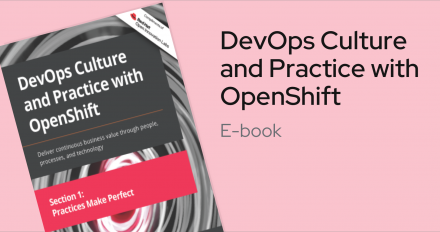
DevOps Culture and Practice with OpenShift provides a roadmap for building empowered product teams within your organization.

Microservices have many benefits that come with a few downsides. Discover the trade-offs to consider before implementing them.
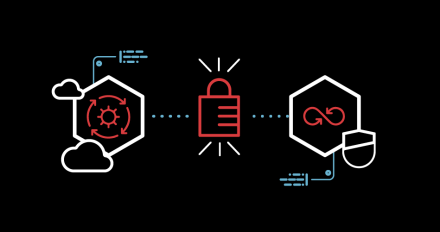
Follow this step-by-step guide to create secure deployments in Red Hat services using entitlements, certificate authority, configuration files, and BuildConfig.
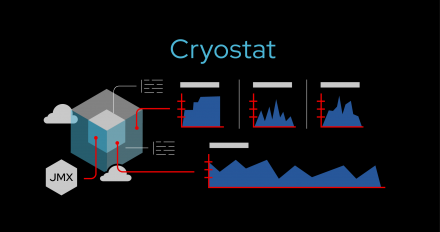
Simplify Cryostat installation in Kubernetes settings by using Cryostat Operator. This tutorial helps you with app installation via the OperatorHub.io catalog.
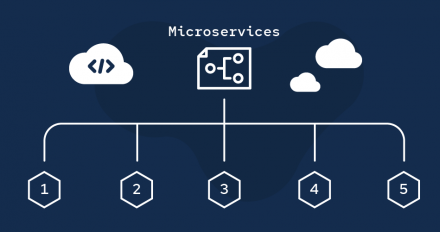
Learn how microservice-oriented apps (MOAs) can help your organization evolve. This article details the history of these apps and future design opportunities.

Improve application performance and scalability by using DockerSlim to reduce the size of your Docker container images by up to a factor of 30.
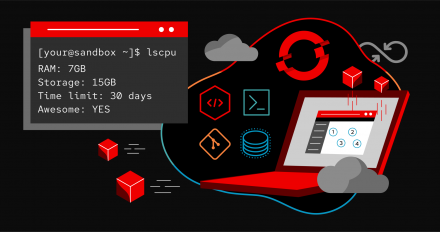
Learn how to renew your no-cost Red Hat Developer Subscription to continue accessing support for Red Hat Enterprise Linux and other Red Hat products.
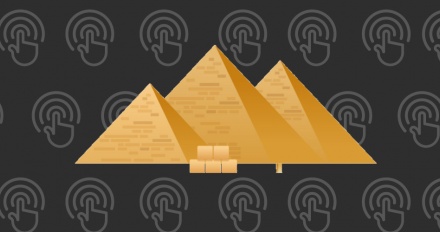
Discover how to resolve Python dependencies by extracting metadata and dependency information, and how Project Thoth helps to streamline the process.
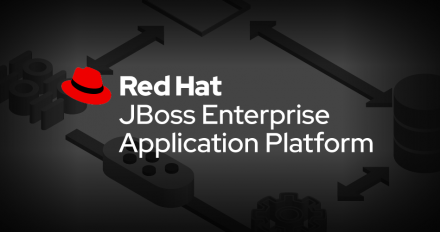
Follow these steps to analyze, containerize, and deploy a JBoss EAP application to OpenShift, with some modifications to use MySQL as the database.

Discover what a microservices-oriented application is and the five design principles for creating and implementing one effectively.

The Red Hat Node.js team looks back on highlights from 2021, including Node.js 16 and 17, serverless functions, Next 10, Nodeshift, and more.

Discover the benefits of migrating JBoss EAP workloads to OpenShift, including reduced costs, improved resource usage, and integrated monitoring and metrics.

Read the top 10 most popular developer stories of 2021, including articles on Red Hat subscription, design patterns, C#, OpenJDK, and Helm with Jenkins CI/CD.

Discover popular Red Hat articles from 2021 on Java, Apache Kafka, Quarkus, RHEL, Camel K, and other application support topics. Contains recommended resources.

Discover how Project Thoth solves dependency management issues and vulnerabilities in the Python ecosystem, making the resolution process cloud-based.
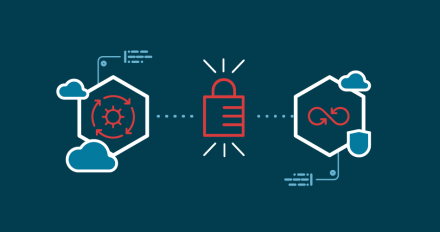
Improve your Kubernetes apps' security with runtime checks on sensitive activities. Record seccomp profiles using the Security Profiles Operator and eBPF.
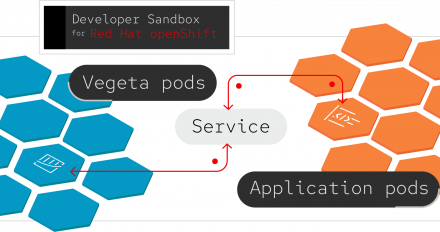
Find out how to conveniently measure the performance of backend applications, or microservices, running on Kubernetes or OpenShift, and learn how to use Vegeta.
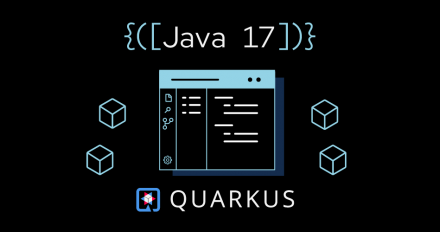
Explore new language features introduced in Java 17 and learn how to optimize them in Quarkus. This tutorial offers hands-on examples to get started.

Debug remotely by running a debugger on Kubernetes with VS Code. Install the requisite VS Code extensions and debug and rebuild iteratively with Skaffold.
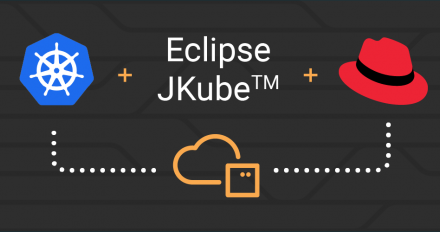
Learn more about Gradle plugins in Eclipse JKube, and discover how to use them to create a Java application for vanilla Kubernetes or an OpenShift cluster.

Modernize monolithic apps into containerized services on Kubernetes. This case study shows you how to migrate an n-tier app using Konveyor open source tools.
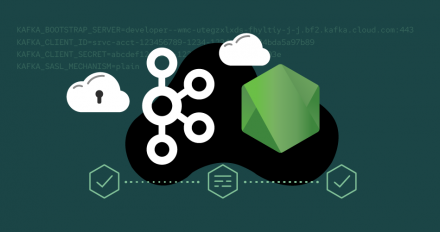
Learn how to use the Chrome DevTools inspector to view and debug a Node.js serverless function running inside a container on a Red Hat OpenShift cluster.

Learn how to configure Kafka Connect to improve your container build process, and discover the new Debezium features in the Red Hat Integration 2021.Q4 release.